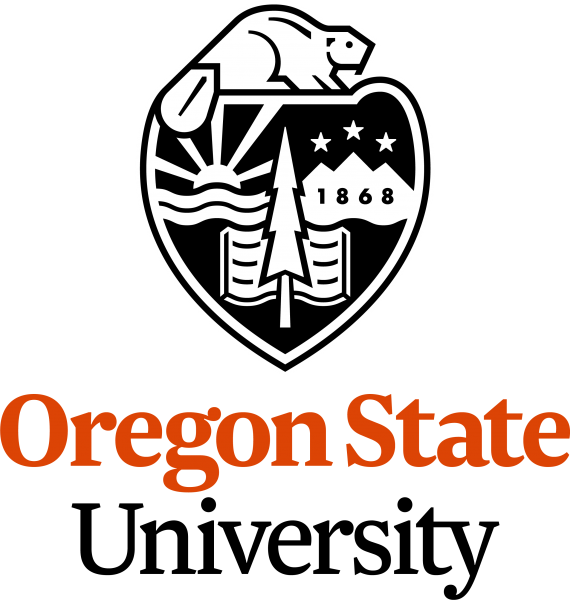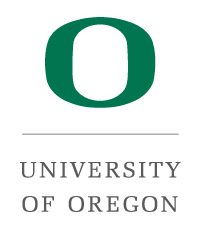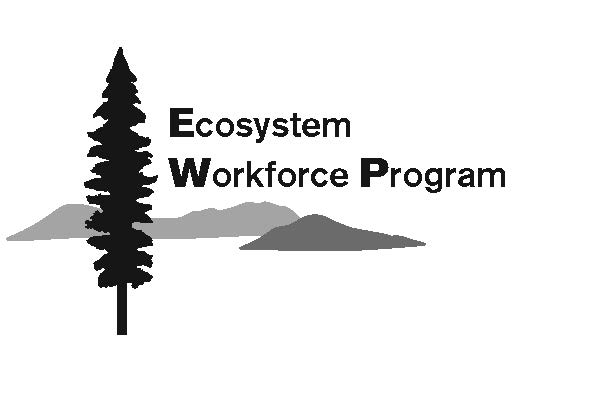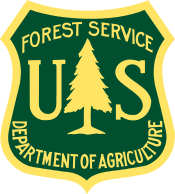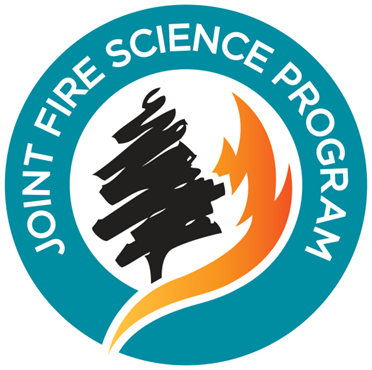Publications Library
. Wildfire, climate, and perceptions in Northeast Oregon Regional Environmental Change. 2016;16(6).
. The carbon balance of reducing wildfire risk and restoring process: an analysis of 10-year post-treatment carbon dynamics in a mixed-conifer forest Climatic Change. 2015;132(4). Available at: http://link.springer.com/article/10.1007%2Fs10584-015-1450-y.
. Climate Change and Fire in the Southwest.; 2015. Available at: http://swfireconsortium.org/wp-content/uploads/2015/06/Yocom_Climate_Fire_SW.pdf.
. Climate change presents increased potential for very large fires in the contiguous United States International Journal of Wildland Fire. 2015;Online early.
. The climate space of fire regimes in north-western North America Journal of Biogeography. 2015;Online early.
. Climate-induced variations in global wildfire danger from 1979 to 2013 Nature Commuications. 2015;6.
. The cost of climate change: Ecosystem services and wildland fires Ecological Economics. 2015;116.
. Interval squeeze: altered fire regimes and demographic responses interact to threaten woody species persistence as climate changes Frontiers in Ecology and the Environment. 2015;13(5).
. Managing for climate change on federal lands of the western United States: perceived usefulness of climate science, effectiveness of adaptation strategies, and barriers to implementation Ecology and Society. 2015;20(2).
. The Potential Impact of Regional Climate Change on Fire Weather in the United States Annals of the Association of American Geographers. 2015;105(1). Available at: http://www.treesearch.fs.fed.us/pubs/47261.
. Predicting Burned Areas of Forest Fires: an Artificial Intelligence Approach Fire Ecology. 2015;11(1).
. Projected major fire and vegetation changes in the Pacific Northwest of the conterminous United States under selected CMIP5 climate futures Ecological Modelling. 2015;317.
. Recent burning of boreal forests exceeds fire regime limits of the past 10,000 years PNAS. 2015;110(32).
. Wildland fire deficit and surplus in the western United States, 1984-2012 Ecosphere. 2015;6(12).
. Briefing: Climate and Wildfire in Western U.S. Forests Forest conservation and management in the Anthropocene. 2014;71:81-102. Available at: http://www.treesearch.fs.fed.us/pubs/46580.
. Climate change vulnerability and adaptation in the North Cascades region, Washington.; 2014. Available at: http://www.treesearch.fs.fed.us/pubs/47131.
. The climate-wildfire-air quality system: interactions and feedbacks across spatial and temporal scales WIREs Climate Change. 2014;5(6).
Defining extreme wildland fires using geospatial and ancillary metrics. International Journal of Wildland Fire. 2014;On-line early.
. Dry forest resilience varies under simulated climate-management scenarios in a central Oregon, USA landscape Ecological Applications. 2014;24(8). Available at: http://www.esajournals.org/doi/abs/10.1890/13-1653.1.
. Hydrologic and erosion responses to wildfire along the rangeland-xeric forest continuum in the western US: a review and model of hydrologic vulnerability. International Journal of Wildland Fire. 2014;On-line early.
. Integrating Social, Economic, and Ecological Values Across Large Landscapes. ().; 2014. Available at: http://www.treesearch.fs.fed.us/pubs/47219. pnw_gtr896.pdf (8 MB)
pnw_gtr896.pdf (8 MB)
. Making a World of Difference in Fire and Climate Change. Fire Ecology . 2014;10(3).
. Management for Mountain Pine Beetle Outbreak Suppression: Does Relevant Science Support Current Policy? Forests. 2014;5(1).
. Managing burned landscapes: Evaluating future management strategies for resilient forests under a warming climate International Journal of Wildland Fire. 2014;23.
. Playing with Fire: How climate change and development patterns are constributing to the soaring costs of western wildfires. Union of Concerned Scientists; 2014. Available at: www.ucsusa.org/playingwithfire. playing-with-fire-report.pdf (2.45 MB)
playing-with-fire-report.pdf (2.45 MB)

